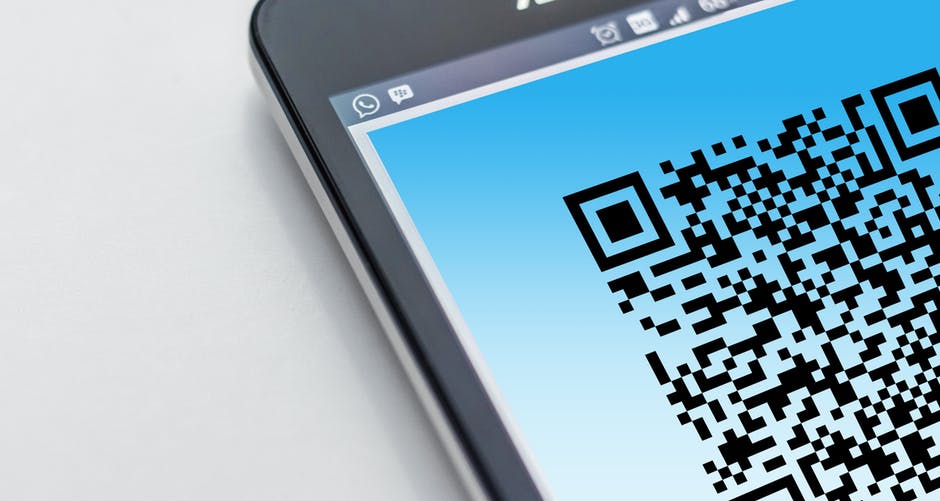There’s a barcode on virtually every single product we purchase and although most of us a subconsciously aware of that fact, we don’t really care much about them as consumers. The only time we take notice is when the person at the supermarket counter is scanning them for billing.
You assume that those barcodes have been put there for the cashier to help pull up pricing or by someone who works at the warehouse and is taking care of inventory and you would be right. Barcodes have for the longest time been used for B2B supply chain and logistics purposes whether transporting, warehousing, inventory management or pulling up information businesses need while getting products to the consumer. Not something a consumer should really care about.
That, however, is changing as consumers now demand more information on the products they buy, demand better transparency and have changed the way products are researched before making a purchase. There is a greater push in the industry towards making more “consumer-facing” product-related information available on demand to consumers and the humble “barcode” may have a greater significance for most of us.
Product information that consumers need from their product packagings like nutrition details, warnings, product details, instructions, ingredients and other data is increasingly being collected and aggregated digitally. With millions of consumers already equipped with a camera and internet-enabled smartphones and millions of products already having a GS1 standard barcode / UPC code, it instantly becomes one of the most viable ways to make critical product data available to consumers. With the right technology platforms, the barcode which effectively stores just a 14 digit identification number could now hold access to a wealth of critical product-related information which can be delivered to the consumer’s mobile devices and enable them to make better-informed decisions.
We recently shared an article on how Tanzanian Ministry of Health & Social Welfare has been using technology to enable the barcode to deliver important information on vaccines which can help save more lives. In several countries, initiatives are underway to enable the consumer to track the origins and sustainability of food products like fish, meat, and poultry by scanning barcodes so consumers are more informed of what they purchasing. At QLIKTAG Software, we’re now supporting projects where Governments of some countries are taking steps into delivering safety and certification information to consumers who scan a barcode so they can verify if what they are purchasing meets regulations and safety norms.
As the mobile-driven generation become more influential and technology advances, the barcode is quickly moving from an obscure code on the packaging that no consumer cared about to the “go to” trigger to receive critical decision-influencing information on products that we intend to buy. And will take on a who new avatar in global commerce when it comes to delivering information, not just businesses but consumers need.

Recent Comments